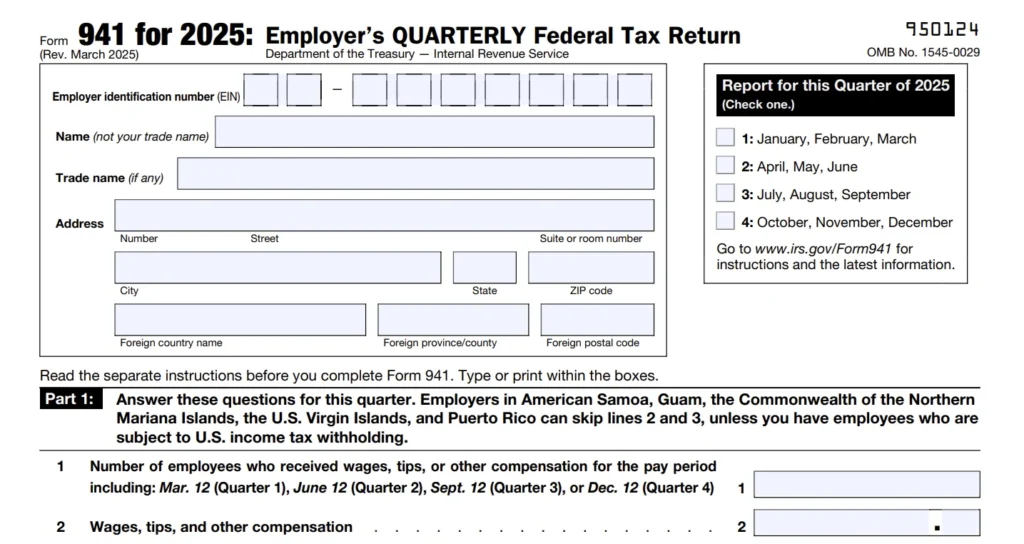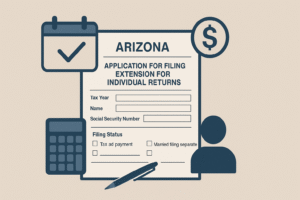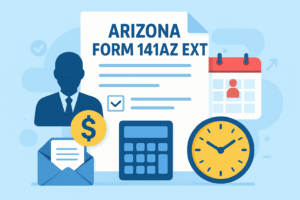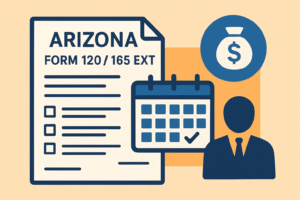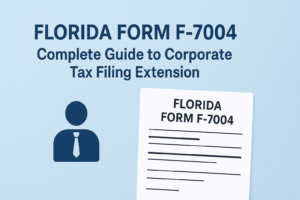Running a small business means staying on top of taxes — even the ones that come around every quarter. Form 941 is one of those key forms for employers who pay wages and withhold federal taxes. And with some changes coming in 2026, it’s a good time to revisit what this form is, who needs to file it, and how to stay compliant.T
his guide breaks everything down for small business owners — including how Form 941 compares to Form 944, and what’s new for the upcoming year.
What Is Form 941?
Form 941 is the Employer’s Quarterly Federal Tax Return, used by businesses to report:
- Wages paid to employees
- Federal income tax withheld
- Social Security and Medicare taxes (both employee and employer shares)
- Adjustments (e.g., sick pay, tips, overpayments)
- Any overpayments or tax credits claimed
It’s filed every three months and tells the IRS how much the business owes in employment taxes for the quarter.
Who Needs to File Form 941?
Most U.S. businesses with employees must file Form 941. Here’s who it applies to:
- Businesses that pay wages subject to federal withholding or FICA taxes
- New employers that hired their first W-2 employee this quarter
- Any business with active W-2 payroll — even if it’s only one employee
- Businesses with zero payroll for the quarter — unless a final return was filed, a zero return is still required
- Active EIN holders — if the IRS hasn’t released the business from payroll tax filing, Form 941 is still required
Reminder: Not filing just because there were no wages can still trigger penalties.
941 vs. 944: What’s the Difference?
While Form 941 is the default for most employers, the IRS offers Form 944 as an option for smaller businesses with low annual payroll tax liability.
Here’s a quick comparison:
| Feature | Form 941 | Form 944 |
| Filing Frequency | Quarterly (4 times a year) | Annually (once a year) |
| Who Files | Most businesses with employees | Small businesses with <$1,000 annual payroll tax liability (must be IRS-approved) |
| Common For | Employers with regular or higher payroll | Very small employers with minimal wages and tax |
| IRS Approval Needed? | No | Yes — IRS must notify the business in writing |
| Due Dates | Apr 30, Jul 31, Oct 31, Jan 31 | Jan 31 each year |
If a business is eligible for Form 944, the IRS will send a notice approving annual filing. Businesses cannot switch forms on their own without IRS consent.
When Is Form 941 Due in 2026?
Form 941 is due four times a year:
| Quarter | Coverage Period | Due Date |
| Q1 | January – March | April 30 |
| Q2 | April – June | July 31 |
| Q3 | July – September | October 31 |
| Q4 | October – December | January 31 |
If the deadline falls on a weekend or federal holiday, the due date moves to the next business day.

What’s New in the 2026 Draft Form 941?
The IRS has proposed updates to Form 941 for 2026, including some that improve how refunds and third-party filers are handled:
1. New Filer Classification Box
Employers must now identify their filing type, especially if someone else is submitting the return on their behalf. Options include:
- Section 3504 Agent
- Certified Professional Employer Organization (CPEO)
- Other Third-Party Filer
This helps the IRS track whether a filing is from the employer directly or through an authorized agent.
2. Updated Line 15 – Direct Deposit Refunds
Overpayments can now be refunded directly to a business’s bank account through the expanded Line 15:
- Line 15(a) – Total overpaid for the quarter
- Line 15(b) – Choose to apply to next return or request a refund
- Line 15(c) – Enter the routing number
- Line 15(d) – Select account type: checking or savings
- Line 15(e) – Enter the account number for the refund
This replaces the older method of mailing checks and should speed up the refund process significantly.
What Do You Need to File?
Before starting the form, gather:
- Business name and EIN
- Total wages paid during the quarter
- Amount of taxes withheld
- Employer and employee portions of FICA taxes
- Any adjustments (e.g., tips, sick leave)
- Tax credits (if applicable)
- Deposit schedule (monthly or semiweekly)
- Banking information (if requesting a refund)
Payroll software or a professional preparer can help avoid mistakes, especially if quarterly filings are new territory.
Read More: The Small Business Boom in the Gig Economy
How to File Form 941
Business owners can file Form 941 in one of two ways: electronically or by mailing a paper return. The choice depends on the business’s size, resources, and filing method preferences.
✅ E-File (Electronic Filing)
Filing electronically is the IRS-recommended option. It’s faster, more secure, and reduces the chances of common mistakes. Most payroll software providers and tax professionals offer integrated e-filing options.
- Submissions are typically processed more quickly
- Confirmation receipts provide proof of timely filing
- Required for many third-party filers such as payroll providers or CPEOs
For employers using payroll software or a service provider, e-filing is usually automatic and seamless.
📨 Mail (Paper Filing)
Some businesses still prefer or are permitted to file by mailing a paper version of Form 941.
- Allowed for businesses filing on their own
- Slower, and easier to make mistakes
- Must be sent to the correct IRS address for the business’s state
Keep a copy of every filed return for records.
What Happens If You Don’t File?
Missing a Form 941 deadline — or failing to file at all — can lead to IRS penalties:
- Failure to File: 5% of the tax due per month (up to 25%)
- Failure to Pay: 0.5% of the unpaid tax per month
- Interest: Accrues daily on both tax and penalties
- Zero Returns: Even if no wages were paid, skipping a required filing can still bring fines
Repeated missed filings could trigger audits or additional IRS scrutiny.
Final Thoughts
Form 941 may seem like just another government form, but for small business owners, it plays a major role in staying tax-compliant. Whether paying multiple employees or just starting with one part-time worker, this form ensures the IRS has a clear record of payroll activity every quarter.
The 2026 updates — from identifying third-party filers to allowing faster refund processing — are designed to simplify reporting, but they do require attention to detail.
For very small businesses with minimal payroll, Form 944 might be a better fit — but only if the IRS gives approval. Otherwise, Form 941 remains the go-to quarterly return for U.S. employer.

